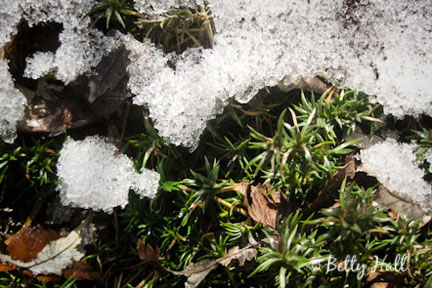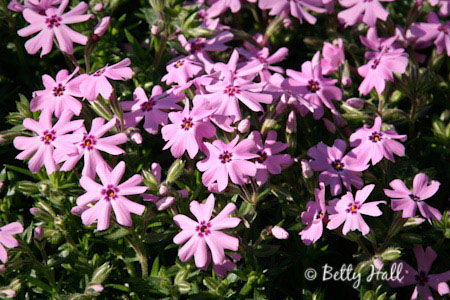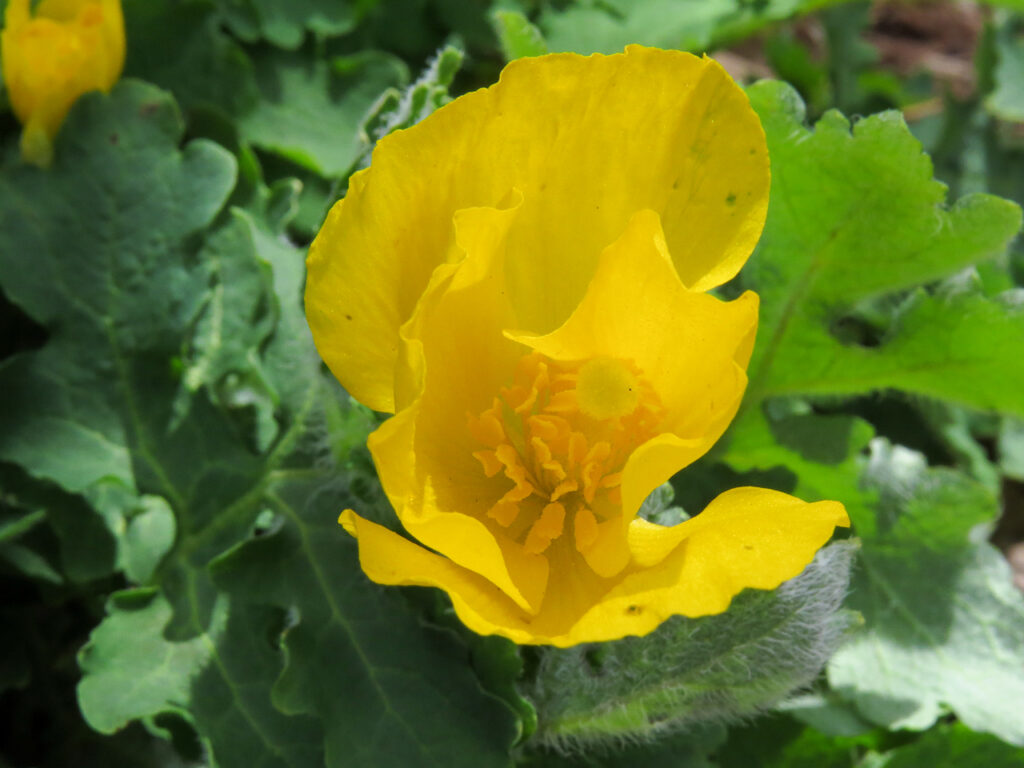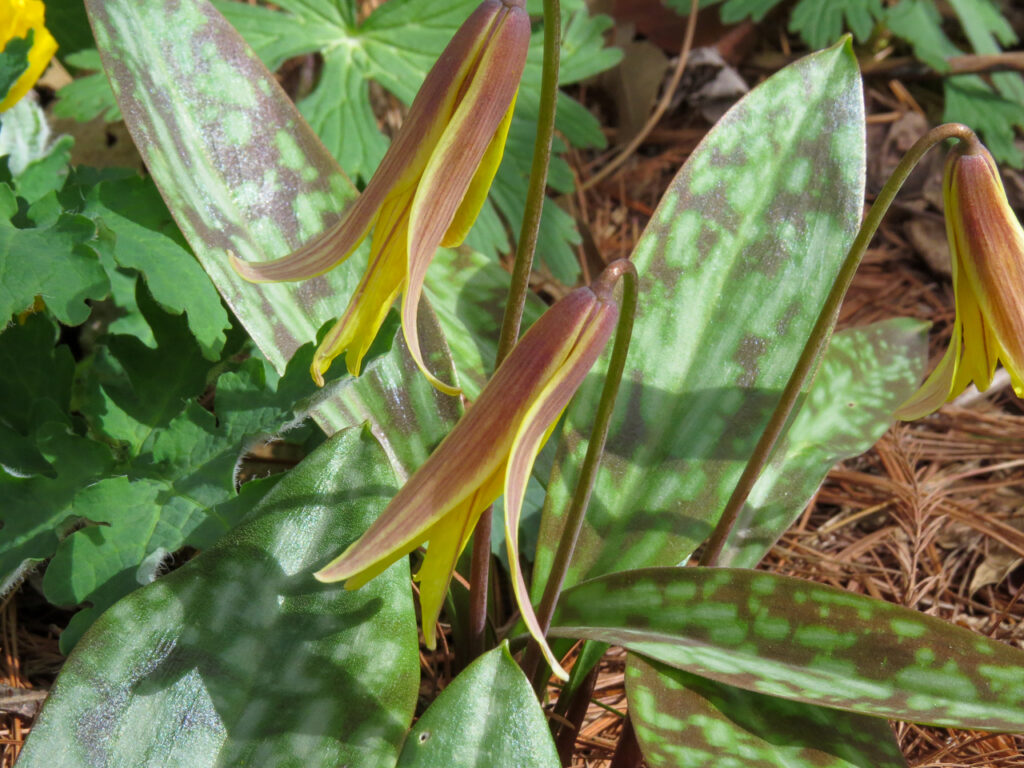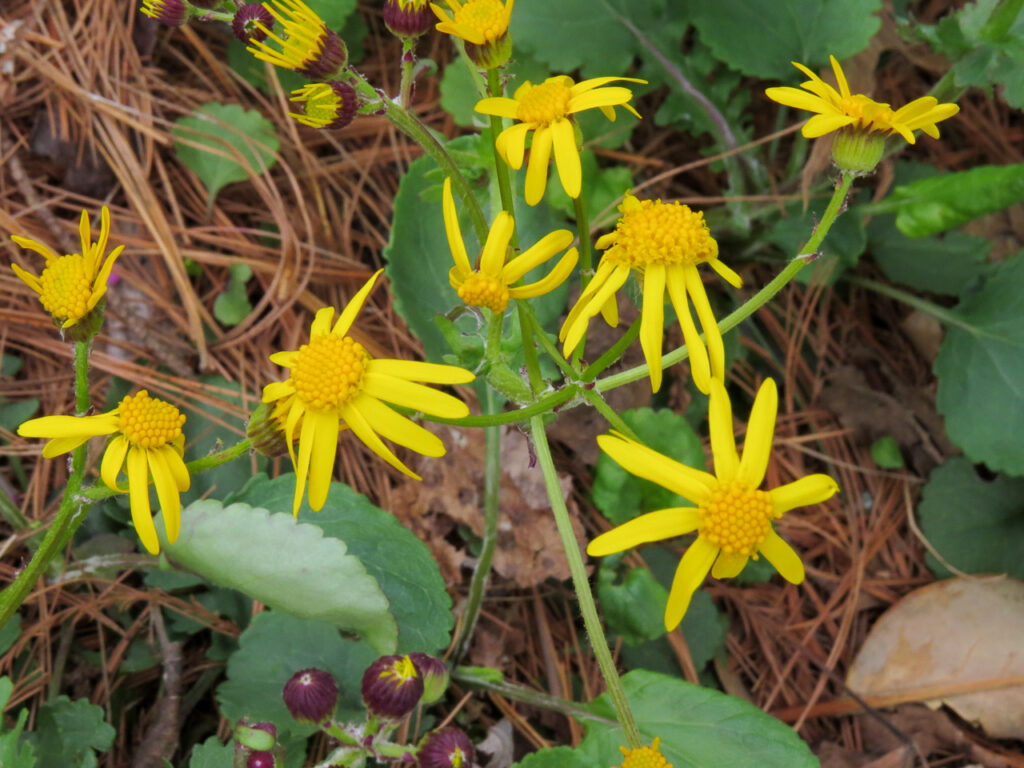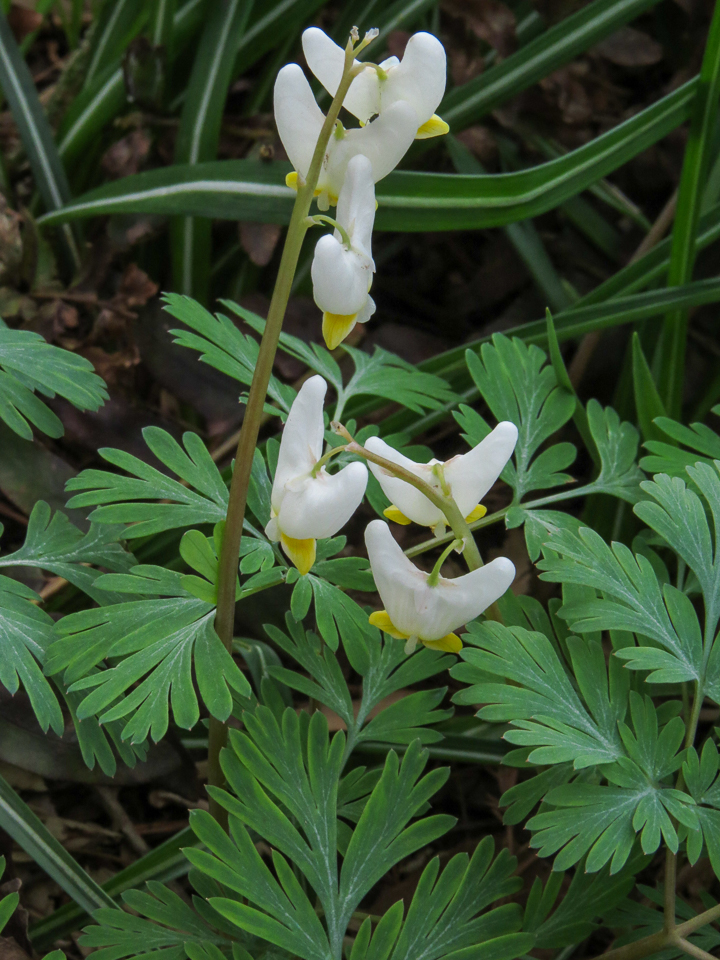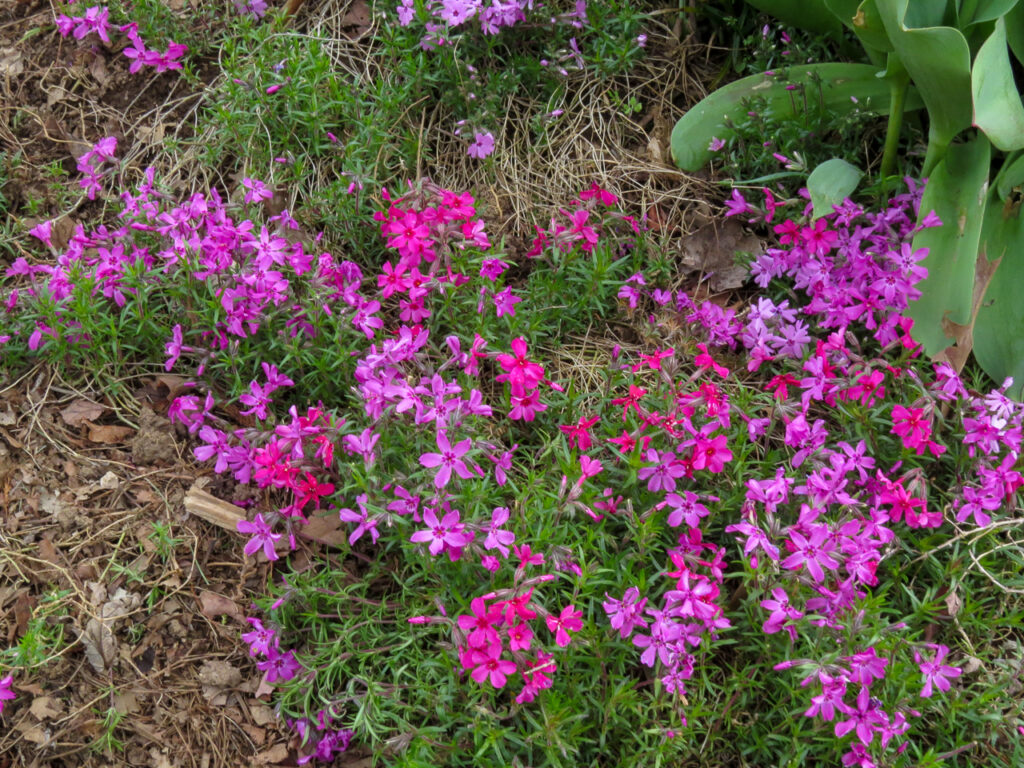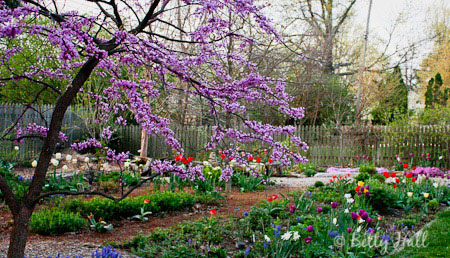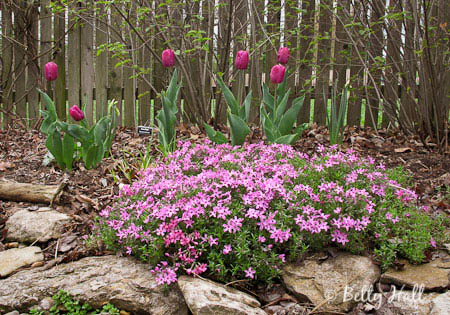I recently took my small point-and-shoot camera to the backyard, looking for possible signs of spring. I was pleasantly surprised to see that a number of plants have remained green throughout our prolonged winter.
I was especially glad to see the Creeping Phlox (Phlox subulata) looking healthy through patches of snow.
The dense foliage creates a ground cover tough enough I can walk on it. It keeps weeds down and spreads slowly, but is not invasive.
There are already tiny buds and, with a little luck, by the first of April it will become a mass of color as in this image from last spring.
It grows especially well on the rocky, sunny slope that leads to our rain garden and has proven to be drought tolerant.
With its evergreen foliage, colorful spring blossoms, and ease of maintenance, Creeping Phlox is an effective ground cover and one of my favorite native backyard plants.
I was also glad to see my first backyard honey bee (Apis mellifera) on February 16. I know spring isn’t here yet, but I trust it’s on the way. I’d be glad to hear of any signs of spring you’re seeing.

